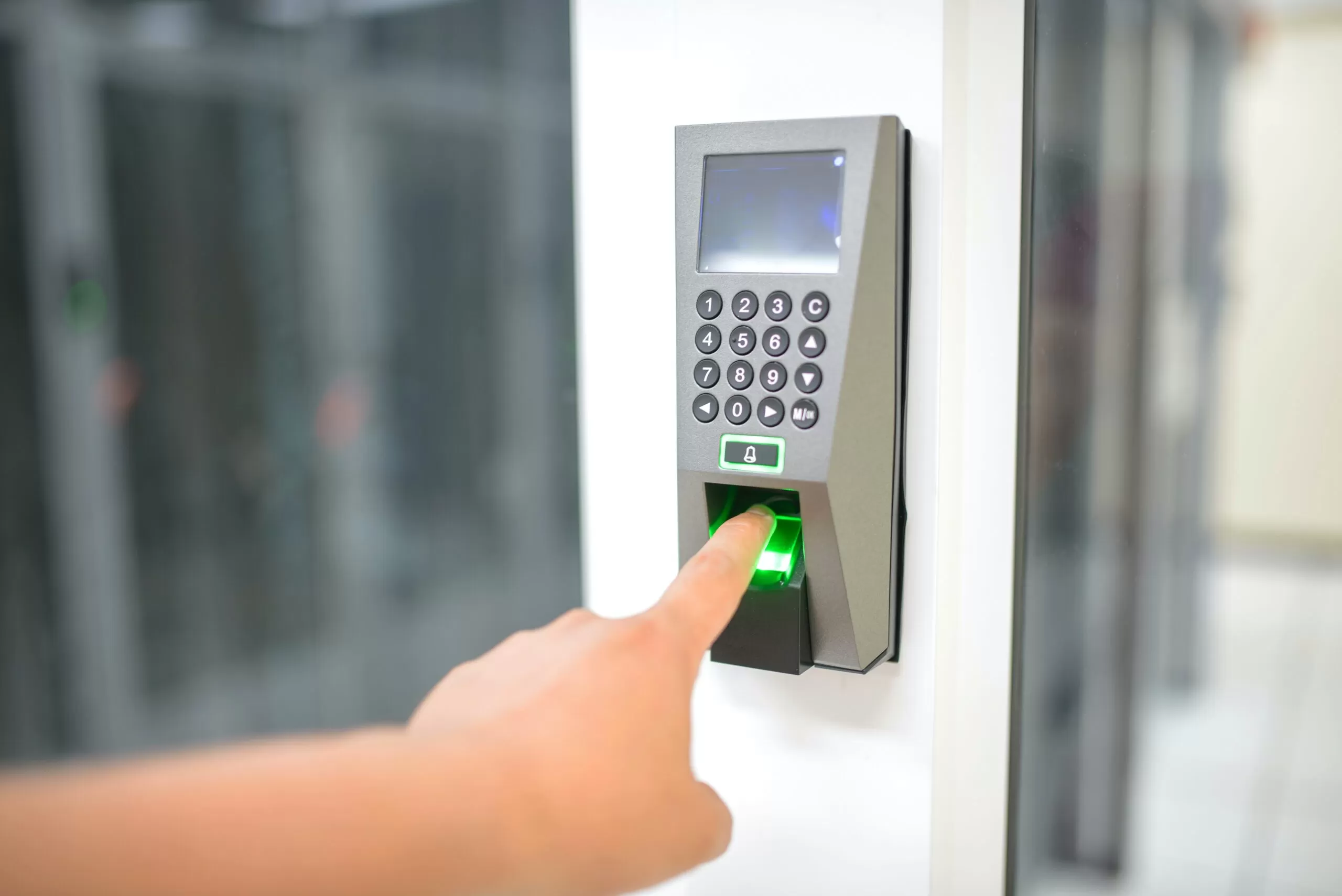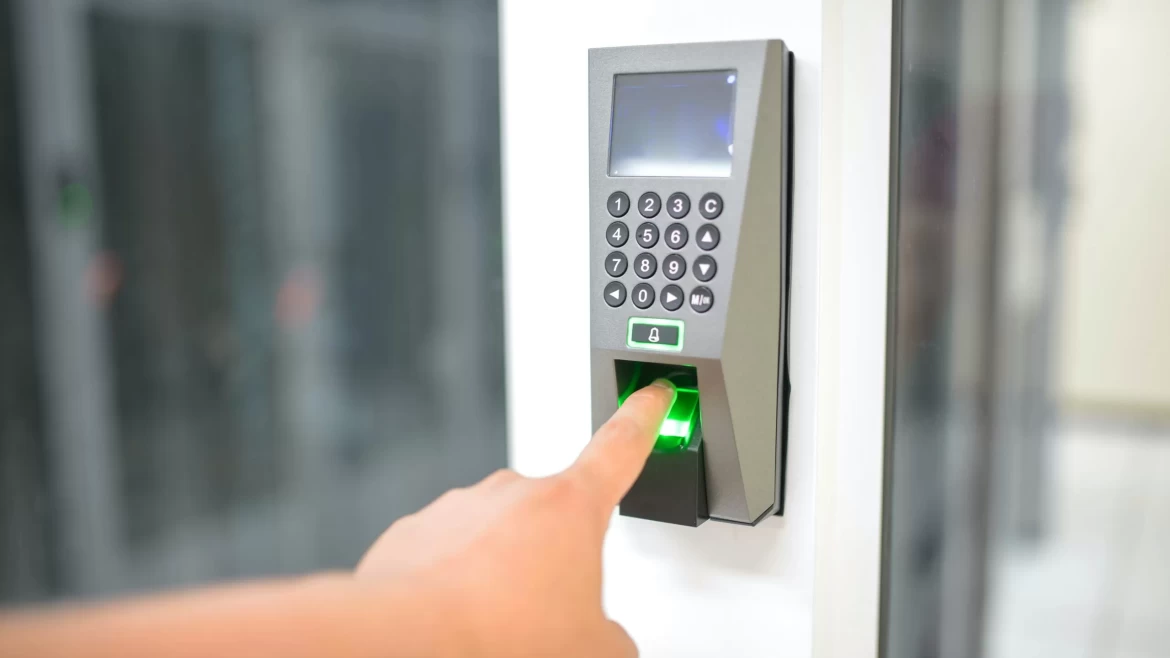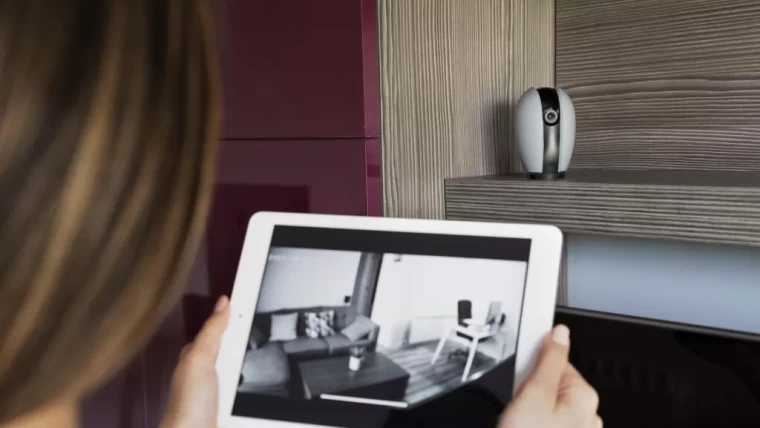Digital technology makes possible entirely new forms of security measures. The changes and new mechanisms for security purposes have made it so that older security systems have become all but obsolete. Simple locks and keys and the old-fashioned alarm systems can be entirely replaced with new forms of security measures. One of the most important developments in security is biometric security systems.
Biometric security systems utilize a combination of digital technology and unique physical characteristics that make security access entirely unique to individuals. Rather than issuing keys, and beyond card readers, key fobs, and access codes, biometric security systems use the physical features of a person’s body to allow access to buildings and other sites.
For quite some time, biosecurity systems were exclusive to extremely high-security sites such as government buildings. But the technology has evolved such that it has become more accessible to businesses. More and more commercial property owners are using biometric security systems to replace outmoded security systems.
What is biometrics? How do biometric security systems work? And what are the features of biometric security systems? This guide will introduce you to biometric security systems.
What is Biometrics?
Biometrics is a system of measurement and statistical analysis that can read and quantify human physical characteristics. The science of biometrics converts unique physical characteristics into usable data which can then be used to identify individuals based on their unique biology. Things like fingerprints and iris patterns can be read by biometric scanners which then build a data set for each individual who is scanned. This information can be sued to track individuals using scanners that read this data directly from the individual. Biometrics comes from the Greek word bios, which means life, and metric, which means to measure.

How does Biometrics Security work?
Biometric security works by using biometric analysis for verification purposes. Biometric measurements and scans are taken of things like fingerprints and iris patterns in the human eye. Biometric security can even use things like gait patterns of the way a person walks. This data is used to verify and authenticate an individual for access to a specific site.
The components of a biometric security system include:
A reader or scanning device that records the biometric factor to be authenticated.
A software system that converts the scanned biometric data into a standard digitized format that can be compared to match points on observed data. For example, the features of a fingerprint that match the data points of a scanned fingerprint.
A database to securely store all biometric data for use and comparison.
Types of Biometrics Security
Biometric security systems are a branch of technology rather than specific a brand of security systems. Each type of biometric security system operates with specific parameters. Types of biometric security systems include:
Fingerprint biometric recognition
Fingerprint biometric recognition systems use a human fingerprint as the source of data for scanning and identification. With these systems, a scanner converts an image of a fingerprint into a digital code. A linear conversion thermal sensor can then scan an individual’s fingerprint to match the data stored in the system. Other varieties of fingerprint biometric recognition use an optical image that is converted into digital data. In either case, a digital version of the fingerprint information can be used when a user scans the fingerprint in the system for later authentication.
The advantage of fingerprint biometric recognition is that it uses each individual’s unique biometric information. There is no need for passwords or other authentication devices. Another advantage of fingerprint biometric identification is that these systems are relatively affordable.
Voice recognition
Each person’s voice has a pattern that is as unique as a fingerprint. The biometric pattern of a human voice can be used for identification and authentication just like a fingerprint. Voice recognition technology is easier to use than fingerprint scanners, and can be used from a remote location on a phone.
Voice recognition biometric authentication allows companies to speed up the authentication process. It has been adopted by businesses such as credit card companies, security systems, and forensic analysis organizations. It is also becoming increasingly important for companies that employ remote workers.
Iris recognition
Iris recognition biometric technology began in the 1990s when an algorithm was created that could detect and measure minute differences in the human iris. Iris recognition technology is currently the most accurate form of biometric security technology.
The iris scanning technology can locate the pupil of the eye and then detect the surrounding iris. It is capable of removing unnecessary information like the eyelids to completely isolate the iris for scanning.
Once the iris is scanned, the system can divide this information into blocks which are converted into numerical values. All of this information can then be stored so that when users scan their eyes for authentication, the system will recognize authorized matches.
Facial recognition
Facial recognition is the automatic localization of a human face in an image or video. If necessary, facial recognition technology can be used to confirm a person’s identity based on the available data – an image of someone’s face stored in a database as mathematical code. Interest in this technology is high because this method can be applied in videoconferencing.

Examples of Biometric Security
As biometric security systems have become increasingly available on the market, a great many companies have begun offering biometric security systems for private businesses.
Some examples of biometric security systems include:
Fujitsu Limited
This is a major international information and technology firm. Along with data storage, telecommunications, and microelectronics, Fujitsu Limited manufactures a wide range of biometric security systems.
NEC Corporation
A massive information, technology, and electronics corporation, NEC can offer cloud computing, artificial intelligence, and biometric security systems. They are a leader in this field.
Suprema Inc
Suprema is one of the leading global providers of access control, time and attendance, and biometric solutions. The company has introduced innovations to the security industry by combining advanced biometric algorithms with superior engineering. Suprema’s extensive range of portfolio includes fingerprint live scanners, inter protocol (IP)-based distributed access control systems, mobile authentication solutions, and embedded fingerprint modules.
3M Cogent, Inc
This is a subsidiary of the 3 M Company. They develop fingerprint identification systems along with several other biometric security systems. Some of the more advanced systems available from 3M Cogent, Inc include iris scanners, smart-card identity applications, and palm-print conversion systems. 3 M Cogent, Inc products are used by governments, commercial systems, and law enforcement agencies.
Biometric Security Pros and Cons
As with all technology, there are advantages to biometric security systems and disadvantages. The pros and cons of biometric security systems include:
Pros
Biometric security systems are extremely effective. Biometric security traits are difficult to fake, replicate, or transfer, unlike access codes, identification cars, and keys.
They are preferred by users. Consumer research has found that people prefer biometric identification because it is much easier to use than other forms of access control. People appear to like that they can simply scan their finger and they are in the door. This adds to security since consumers who tend to feel better about a system as less apt to abuse it.
Biometric security systems save companies money in the long run. The data for biometric security systems use less space than other types of access control. And there is never any need to reset passwords which can become a costly overhead expense.
Cons
The initial investment in setting up a biometric security system can be high when a company is setting it up from scratch. While things like fingerprint scanners have become relatively inexpensive, other biometric security systems can be quite expensive. Generally speaking, the more accurate and reliable the technology, the more expensive it is.
Biometric security systems substantially reduce security risks. However, cybercriminals have found ways to break into biometric security systems, and they have found ways to breach the databases that store biometric security data.
Biometric data is difficult to store. Methods like the hashing process and passwords do not work with biometric security data. It can therefore be difficult and expensive to adequately encrypt the data for biometric security systems.
Biometric Data Security Concerns
One of the main concerns with biometric security data is that it is unlike other forms of security in which the identifying features can be changed in the event of a security breach. With biometric data, if the data is breached it is a permanent breach. Once your personal identifying features are in the hands of someone other than the authorized entity, there is no way to change that data or retrieve it.
Once the personal identifying features of a user have been stolen or otherwise compromised, there is simply no way to alter authentication procedures that could assign a new form of access authentication. What is more, the personal information of that particular user is now permanently lost and subject to any type of criminal activity.
In 2008, Illinois because the first state to begin regulating biometric data with the Biometric Information Privacy Act. There is momentum to continue regulating this data since the dangers of a security breach are so grave and permanent.
Circle Security Systems
The installation and implementation of biometric security access systems are quite complex. This process demands skilled and licensed electricians and data management professionals. Circle Security Solutions can provide fingerprint biometric security systems. This service will entail the installation and encryption of data along with the necessary storage for the data.
Circle Security Solutions offers a full line of access control systems, and this now includes biometric security systems. For companies that require the highest levels of security, biometric security systems are the most effective.
Circle Security Solutions serves the South Florida region with locations in Miami and Boca Raton. If you run a business in the area and have advanced security needs, Circle Security Solutions can offer you the highest quality service and products for your security needs. Circle Security Solutions provides professional and personal service. You will always talk to a person rather than a recording. To explore the possibilities for biometric security systems for your business, Circle Security Solutions has a staff of trained professionals who can explain all your options and help you decide on a system that works best for your business.
Wrapping things up
Access control and security technologies keep changing. As technology grows, so grows the technology of access control. The old standards like locks and keys have become outmoded as new systems have come along that are far more secure and easier to manage.
Even things like access codes and card readers appear to be old systems as something like biometric security takes over. While card readers, access codes, and key fobs work well, they can still be faked, stolen, lost, or given away, thus leading to security breaches. Not only are security breaches costly due to theft and vandalism, but replacing and re-configuring access control systems also cost money. Biometric security systems would appear to eliminate these problems.
The most obvious advantage of biometric access control systems is that they rely entirely on data that is absolutely unique to each individual uses. Fingerprints, for example, are completely unique, and biometric fingerprint scanners make use of this fact. More advanced systems such as iris scanners are even more sophisticated. Biometric security systems are the most secure access control systems available. This is why they are sued by places with high-security needs such as government offices, hospitals, and even the military.
While the initial investment for biometric security systems is higher than other types of access control systems, these things tend to pay for themselves in the long run as costs for things like replacement cards and reconfiguring access codes are eliminated. What is more, biometric systems provide a level of security that other systems cannot, and this eliminates the costs incurred from theft and vandalism.
To explore your options for biometric security systems, speak to the professional staff at Circle Security Solutions. We can explain the options and choices, and help you decide on a biometric security system that addresses your security needs.



